YOU ARE HERE
»
Home
»
All Posts Basket
»
Heri za Kwanzaa (26 Dec – 1 Jan 2024): African American and Pan-African celebration of family, community, culture and heritage

Heri za Kwanzaa (26 Dec – 1 Jan 2024): African American and Pan-African celebration of family, community, culture and heritage



Theme and message for this year
From https://www.officialkwanzaawebsite.org/
Dr. Maulana Karenga
Heri za Kwanzaa, Happy Kwanzaa
As an African American and Pan-African holiday celebrated by millions throughout the world African community, Kwanzaa brings a cultural message which speaks to the best of what it means to be African and human in the fullest sense.
During the holiday, families and communities organize activities around the Nguzo Saba (The Seven Principles): Umoja (Unity), Kujichagulia (Self-Determination), Ujima (Collective Work and Responsibility), Ujamaa (Cooperative Economics), Nia (Purpose), Kuumba (Creativity) and lmani (Faith). Participants also celebrate with feasts (karamu), music, dance, poetry, narratives and end the holiday with a day dedicated to reflection and recommitment to The Seven Principles and other central cultural values.


Founded in 1966, Kwanzaa (from matunda ya kwanza which translates means first fruits in Swahili) is a festival and holiday celebrated by over 18 million African-Americans annually, starting from 26 December and ending with the Karamu feast on January 1. It is also celebrated in other parts of the world.

Founding of Kwanzaa
Dr Maulana Karenga (also known as Ronald McKinley Everett) founded Kwanzaa in 1966. As an African-American, he was constantly disturbed by how often black people celebrate western holidays, histories, religions and ideas while neglecting their own. Western holidays include Christmas, Easter and many others. In Africa, first fruits or harvests are celebrated by thanking God and sharing food through feasts. This became the background to the Kwanzaa holiday.

Seven principles (nguzo saba) of Kwanzaa
Kwanzaa principles were derived from African values, histories and cultures. The principles are:
- Umoja (Unity): To strive for and to maintain unity in the family, community, nation, and race.
- Kujichagulia (Self-Determination): To define and name ourselves, as well as to create and speak for ourselves.
- Ujima (Collective Work and Responsibility): To build and maintain our community together and make our brothers’ and sisters’ problems our problems and to solve them together.
- Ujamaa (Cooperative economics) To build and maintain our own stores, shops, and other businesses and to profit from them together.
- Nia (Purpose): To make our collective vocation the building and developing of our community in order to restore our people to their traditional greatness.
- Kuumba (Creativity): To do always as much as we can, in the way we can, in order to leave our community more beautiful and beneficial than we inherited it.
- Imani (Faith): To believe with all our hearts in our people, our parents, our teachers, our leaders, and the righteousness and victory of our struggle.

How is Kwanzaa celebrated?
- Decorations in red (blood of Black people’s struggles for freedom), black (black people) and green (land of the people).
- Wearing African-style textiles and art.
- Family feast called karamu on December 31.
The seven symbols of Kwanzaa
- Kikombe cha umoja (unity cup): Celebrants drink from this cup in honor of their African ancestors. Before drinking, each person says “harambee,” or “let’s pull together.”
- Kinara (the candle-holder, which holds seven candles): It symbolizes stalks of corn that branch off to form new stalks, much as the human family is created.
- Mazao (fruits, nuts, and vegetables): These remind celebrants of the harvest fruits that nourished the people of Africa.
- Mishumaa saba (the seven candles that represent the seven principles): A different candle is lit each day. Three green candles on the left; three red candles on the right; and in the middle is a black candle.
- Mkeka (a mat): The symbols of Kwanzaa are arranged on the mkeka, which may be made of straw or African cloth. It symbolizes the foundation upon which communities are built.
- Vibunzi (plural, muhindi) (ear of corn): Traditionally, one ear of corn is placed on the mkeka for each child present.
- Zawadi (gifts): Traditionally, educational and cultural gifts are given to children on January 1, the last day of Kwanzaa
Kwanzaa theory of spirituality
You can read about the theory here.
In Karenga’s words
Karenga said “One of its central tenets is that culture is the fundamental source of a people’s identity, purpose and direction… At the heart of this project is the continuing quest to define and become the best of what it means to be both African and human in the fullest sense.
This involves an ongoing search for models of excellence and paradigms of possibilities in every area of human life, but especially in the seven core areas of culture: history; spirituality and ethics; social organization; political organization; economic organization; creative production (art, music, literature, dance, etc.) and ethos. It also involves creating a language and logic of liberation, one of opposition and affirmation, and a corresponding liberational practice to create a just and good society and pose an effective paradigm of mutually beneficial human relations and human possibility… In all of this we seek to contribute to our people’s collective vocation to create a just and good society, speak our own special cultural truth and make our own unique contribution to the forward flow of human history. And through this historic work and struggle, we feel certain that we as a people will define and understand ourselves as a people who speak truth, do justice, respect our ancestors and elders, support and challenge our children, care for the vulnerable, relate rightfully to the environment, struggle for what is right, honor our past, engage our present and plan for and welcome our future) (Karenga, 2019, online).

Why Africa religion and celebrations are missing?
The video below show commemorations of different religious and cultural events and holidays globally. Unfortunately, for Africa, our holidays are not recognised and we are feeding to this nonrecognition by not celebrating or reviving our own.
What does this mean for Africa?
Most people on the African continent may not even heard about Kwanzaa but there are seven connections they can identify with:
- Kwanzaa is part of pan-Africanism and the decolonization project, particularly decolonizing culture, religion and the mind.
- Kwanzaa provides an alternative to dominating western, eastern and middle-eastern holidays, and allows people to look more critically at holidays that they celebrate that are foreign to them. Non-African holidays are founded on non-African ideologies, religious stories and symbols. Most of them, including religious holidays, celebrate whiteness and were part of the colonial project, and are today part of the neo-colonial project.
- Every celebration of non-African religions is a celebration and promotion of foreign values, most of those values have been internationalized through colonisation and assumed to be universal and global yet every people have their own values.
- Kwanzaa celebrates African foods, sharing of (of cups and food), African colours and clothing and designs. This contributes to identity and commerce.
- Land and agriculture, fight for freedom and Blackness are central to Africa.
- Foreign holidays have never truly been ingrained in Africans’ minds. For example, Christmas day is largely seen as a family not religious holiday. It is a time to be with family, both immediate, extended and tribal but also community.
- The celebration of first rains, first crops or fruits and the harvest is cultural to Africa and could be a starting point to recreate African celebrations, with the hope of having a unifying celebration on the continent and its diaspora.


Discover more from Africa Social Work & Development Network | Mtandao waKazi zaJamii naMaendeleo waAfrika
Subscribe to get the latest posts sent to your email.

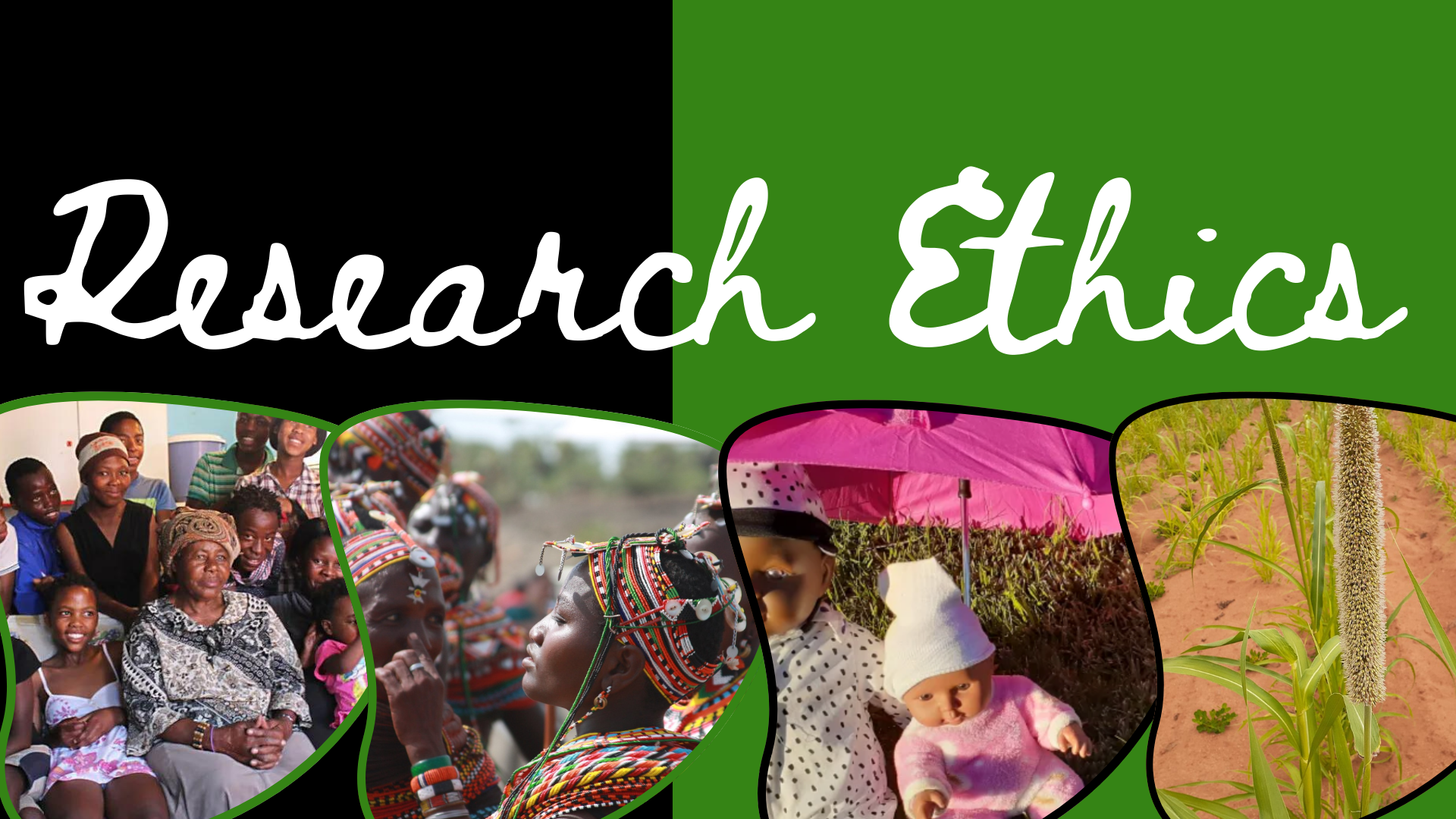


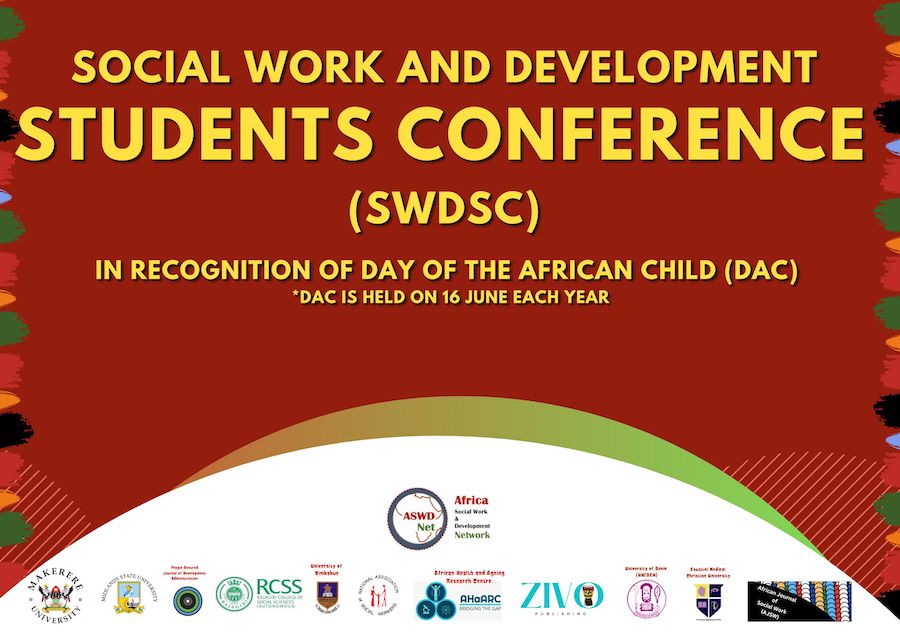
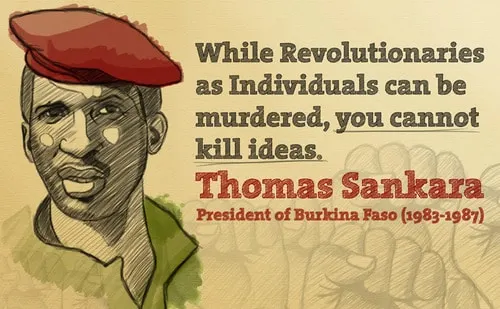
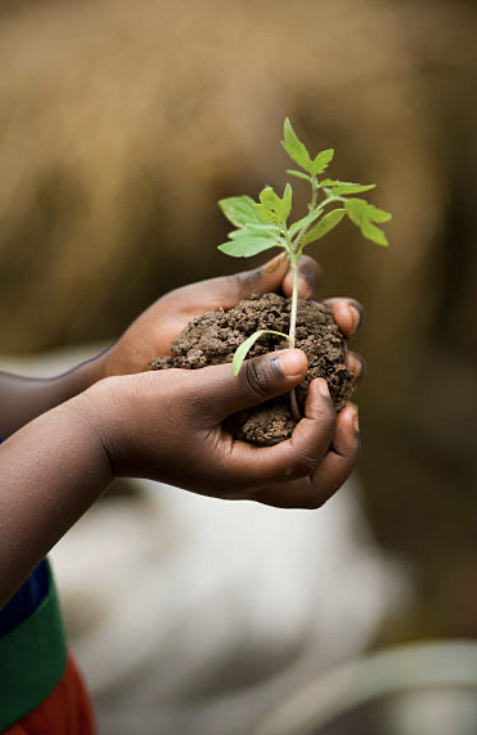
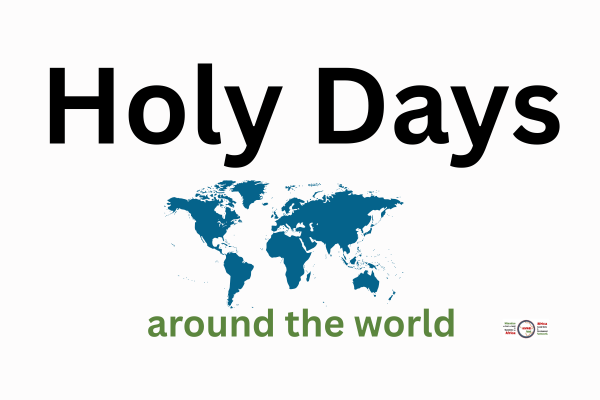
You must be logged in to post a comment.